T4K3.news
Armenia Azerbaijan Summit Ends Without Signed Peace
A Washington meeting yielded a ceremonial step toward a peace process, but no final signature has been reached, leaving the peace path uncertain.
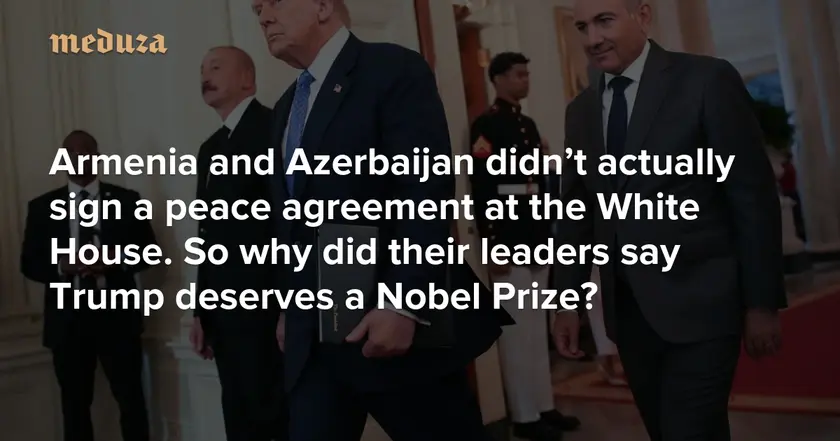
The Washington meeting produced a ceremonial step toward peace, but a final treaty remains unsigned and the process faces regional tensions and competing interests.
Armenia Azerbaijan Summit Ends Without Signed Peace
Azerbaijani President Ilham Aliyev and Armenian Prime Minister Nikol Pashinyan met in Washington on August 8 and issued a seven point declaration as part of a broader peace push. The White House called the session historic, and major outlets described Trump’s mediation as a turning point. Yet the leaders only initialed the text for the Agreement on Establishment of Peace and Inter-State Relations and signaled no final signing date. The full 17-point document was released on August 11, showing negotiations have been ongoing since 2020 with mediation by Russia, the European Union, and the United States.
The meeting was largely ceremonial. Foreign ministers had already agreed on the text months earlier, and the heads of state have not committed to a signature. This matters because the declarations are a framework rather than a binding pact. The actual work now centers on securing all disputed points and building confidence that real steps will follow, including how to handle sensitive issues like Karabakh, prisoner releases, and border arrangements.
Key Takeaways
"official Peace Signing Ceremony"
Trump described the Washington meeting using this phrase on Truth Social
"NATO wants to wedge itself between Russia and Iran like a viper, but Iran won’t allow it"
Iranian advisor's remark reported in Meduza
"The meeting of the South Caucasus leaders in Washington, facilitated by the American side, deserves a positive assessment"
Russian Foreign Ministry spokesperson Maria Zakharova on Moscow's view of the event
The Washington moment fits a familiar pattern in a volatile region: headlines celebrate progress while the hard work of settlement remains ahead. The seven-point declaration signals intent, not a treaty, and the absence of a signing date leaves the outcome dependent on text and trust among regional players. The focus on the Minsk Group and its possible dissolution reveals a shift in how Baku frames the conflict, while Armenia’s constitutional path shows how domestic politics shape peacemaking. The so-called Trump Route underscores how infrastructure can become a political prize, even when the details are murky. In short, diplomacy remains a work in progress, with power dynamics in flux as Washington, Moscow, Tehran, and Ankara watch closely.
Highlights
- A photo op dressed as a milestone
- Peace needs actions not applause
- Text over talk is the real test
- Durable peace hinges on the final text
Diplomatic risk in South Caucasus
The event sits at a high-stakes juncture in a volatile region. What looks like progress can easily be misread or reversed if the final text fails to address core issues or if regional actors push back.
Peace requires more than hopeful talk; it requires concrete steps and verifiable commitments that endure beyond headlines.
Enjoyed this? Let your friends know!
Related News
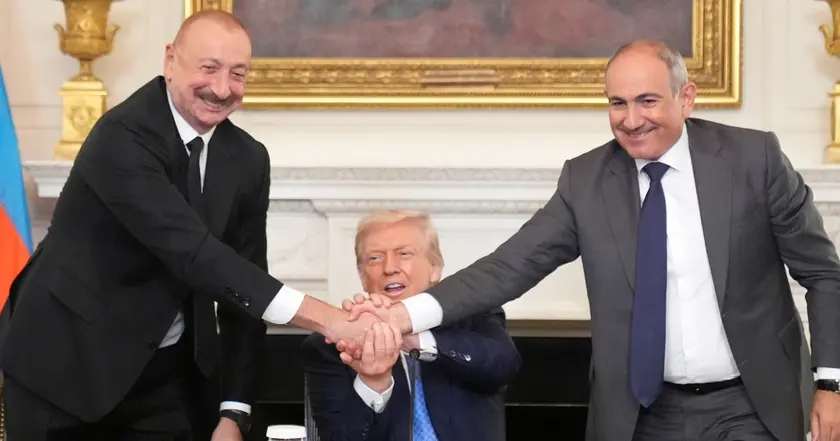
Peace deal signed at White House
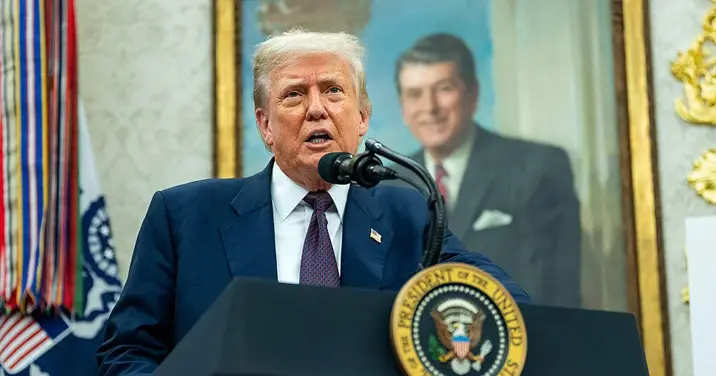
Trump to announce peace deal between Armenia and Azerbaijan
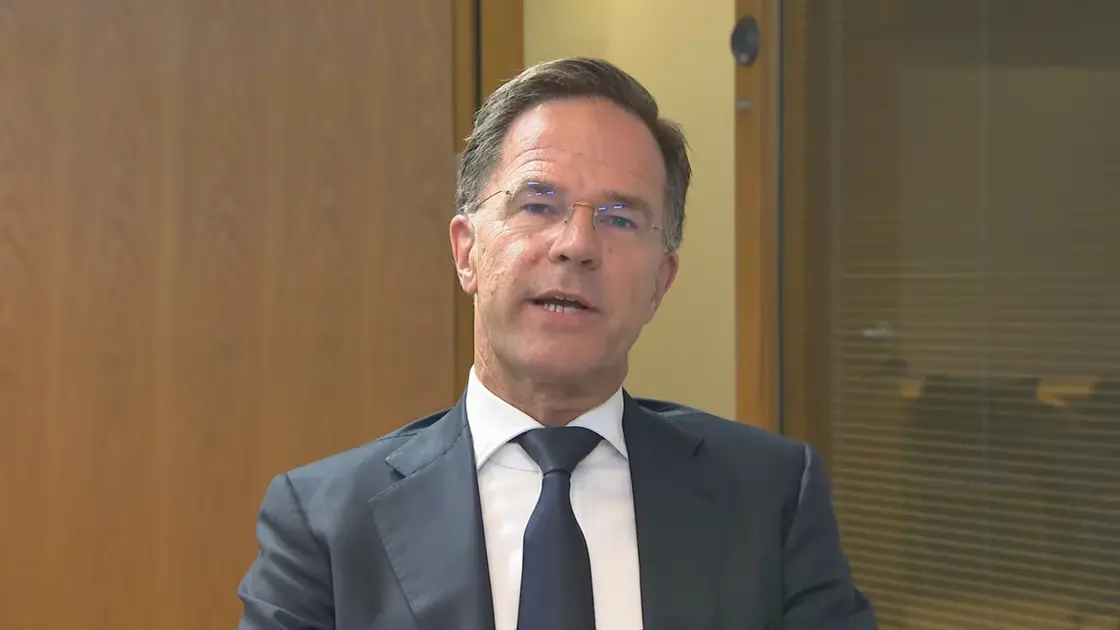
Rutte frames Trump Putin talks as Putin test
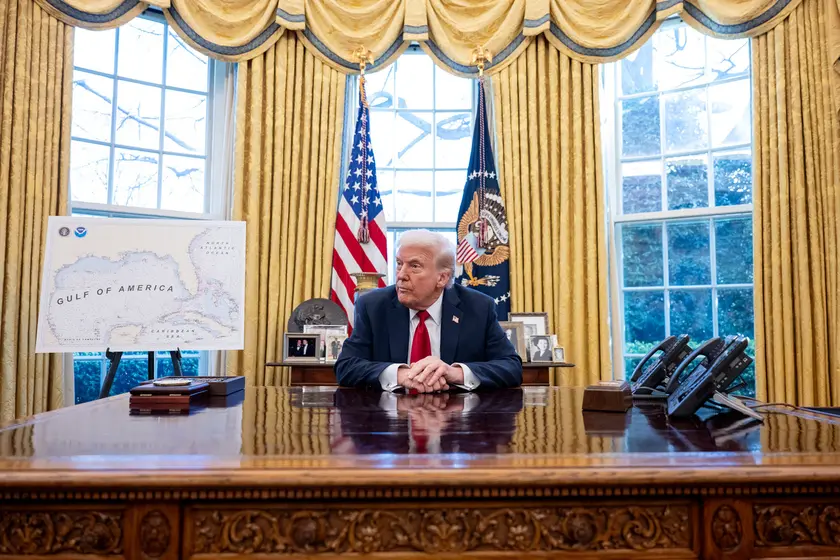
Historic Peace Summit Held for Armenia and Azerbaijan
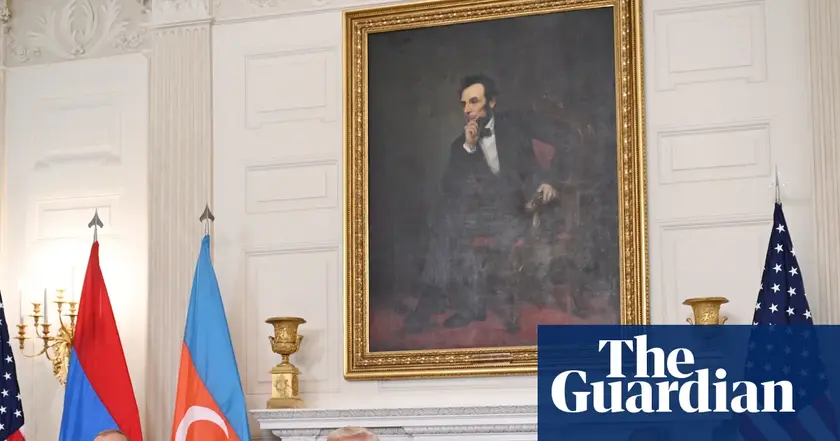
US corridor reshapes regional influence in Caucasus
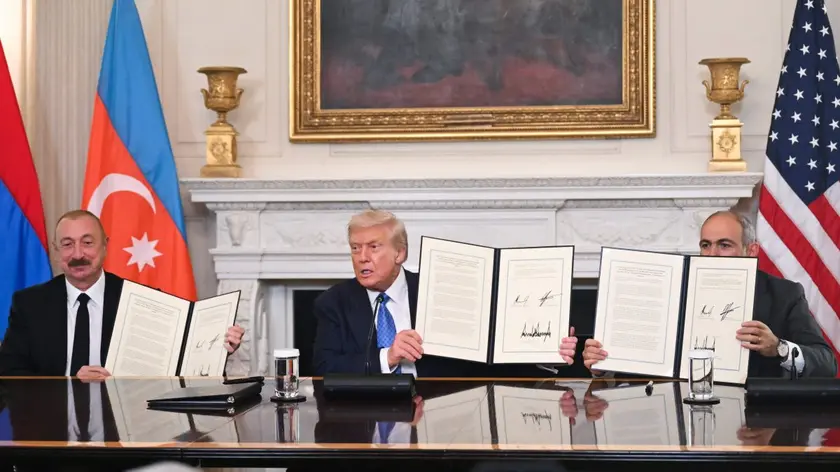
Armenia signals new chance for Türkiye ties
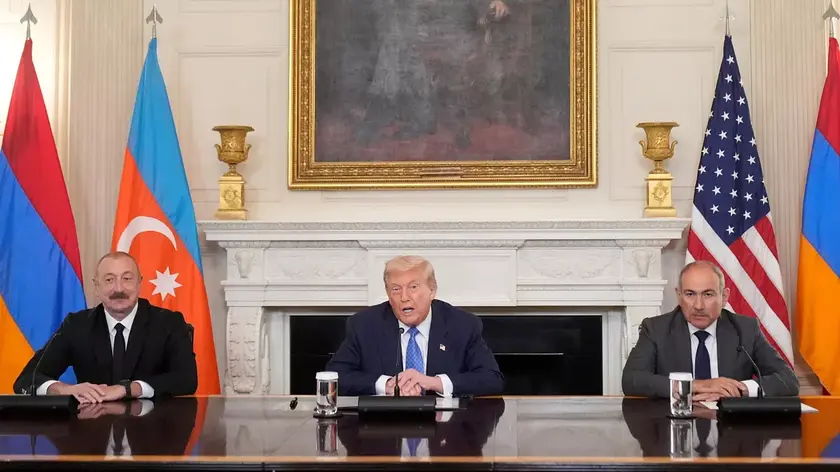
Peace agreement signed in Washington
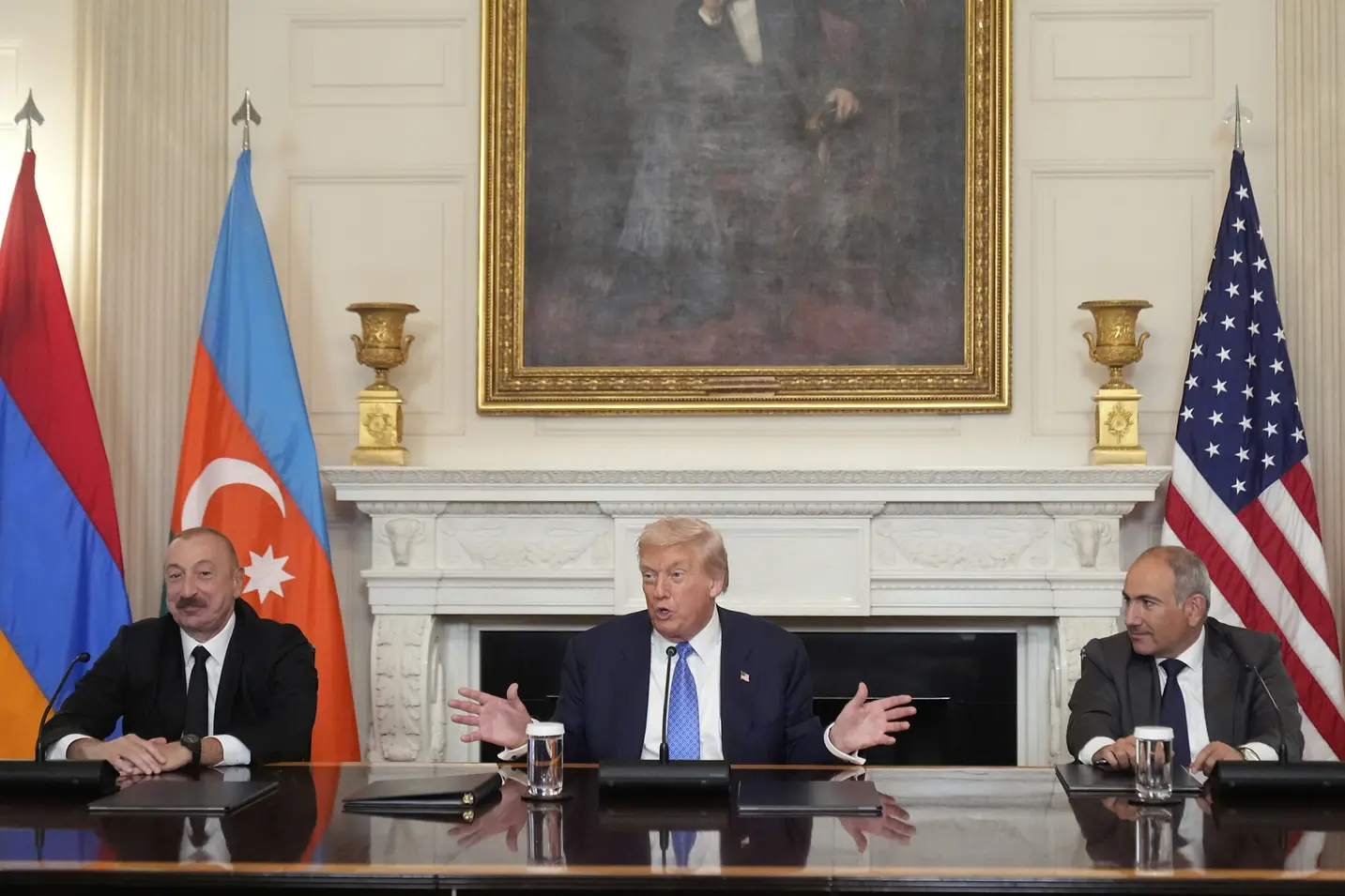
Iran threatens Trump corridor in peace deal
